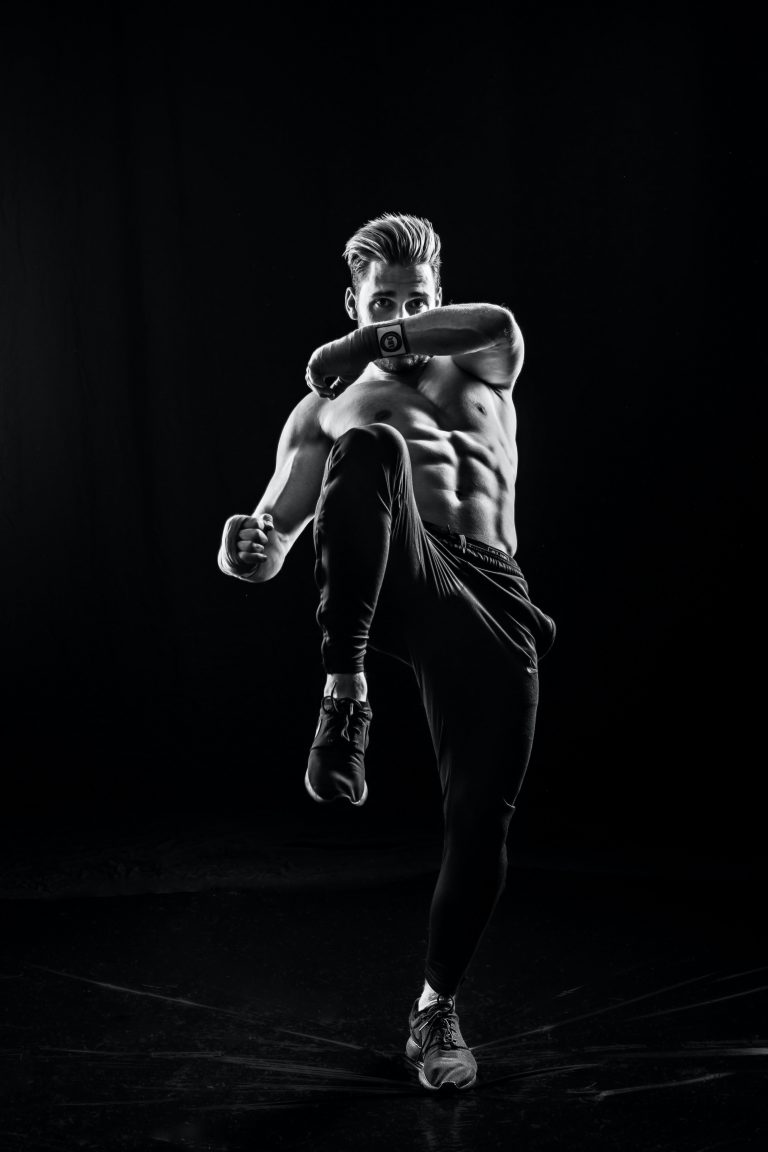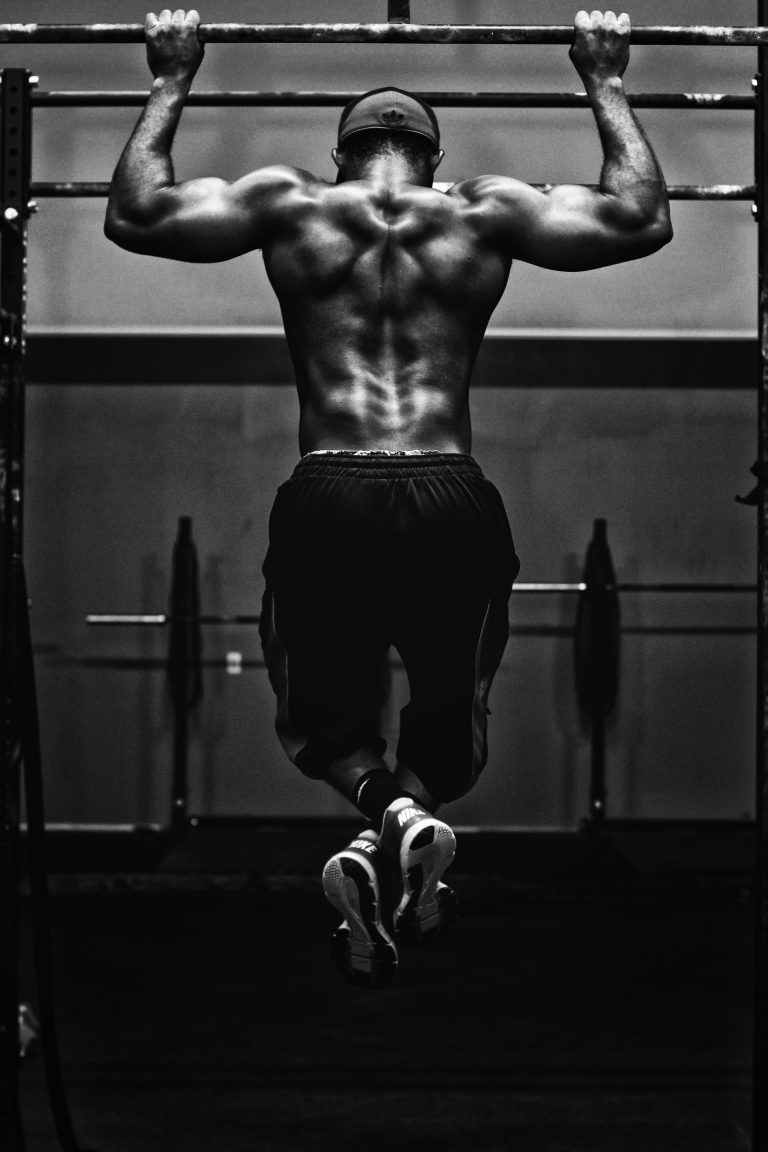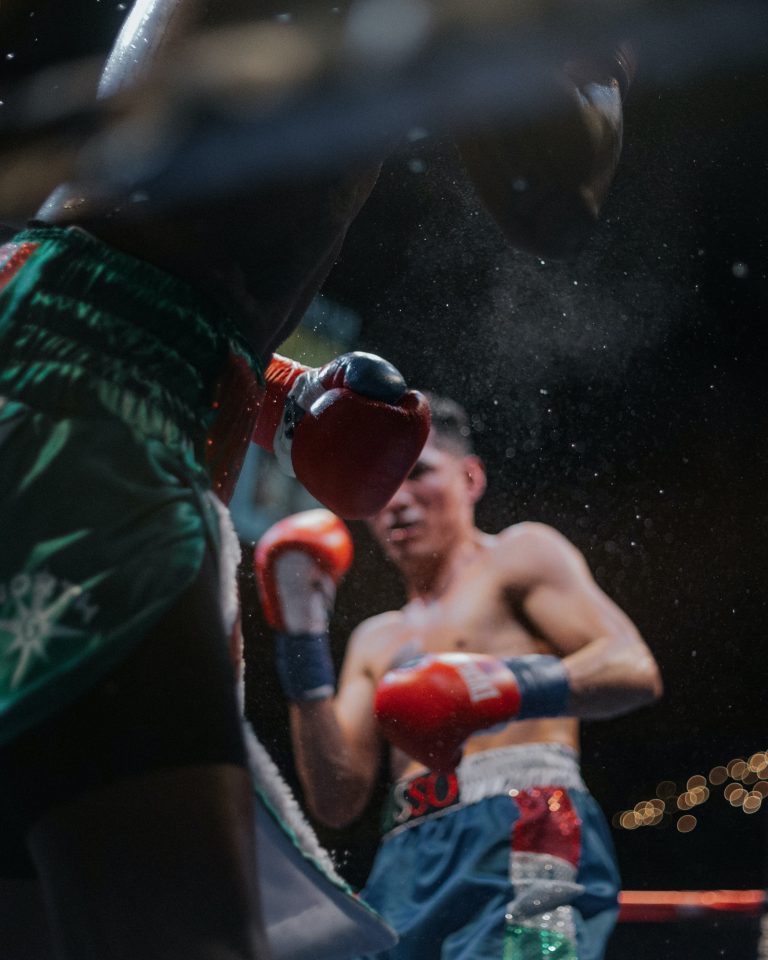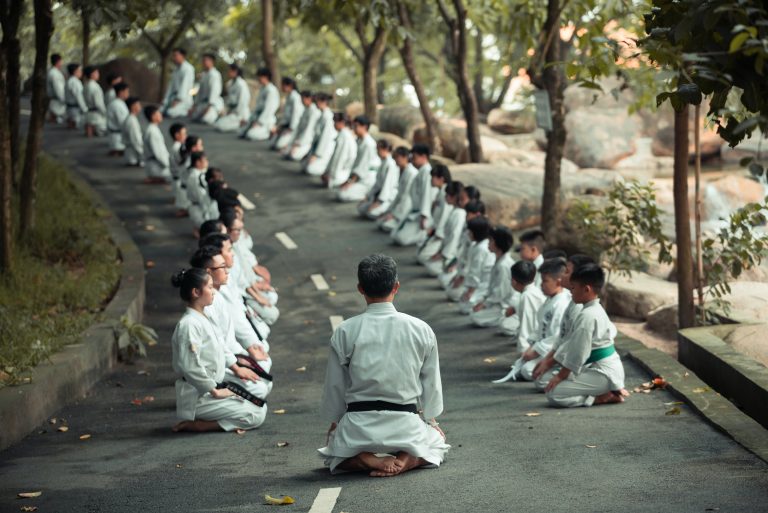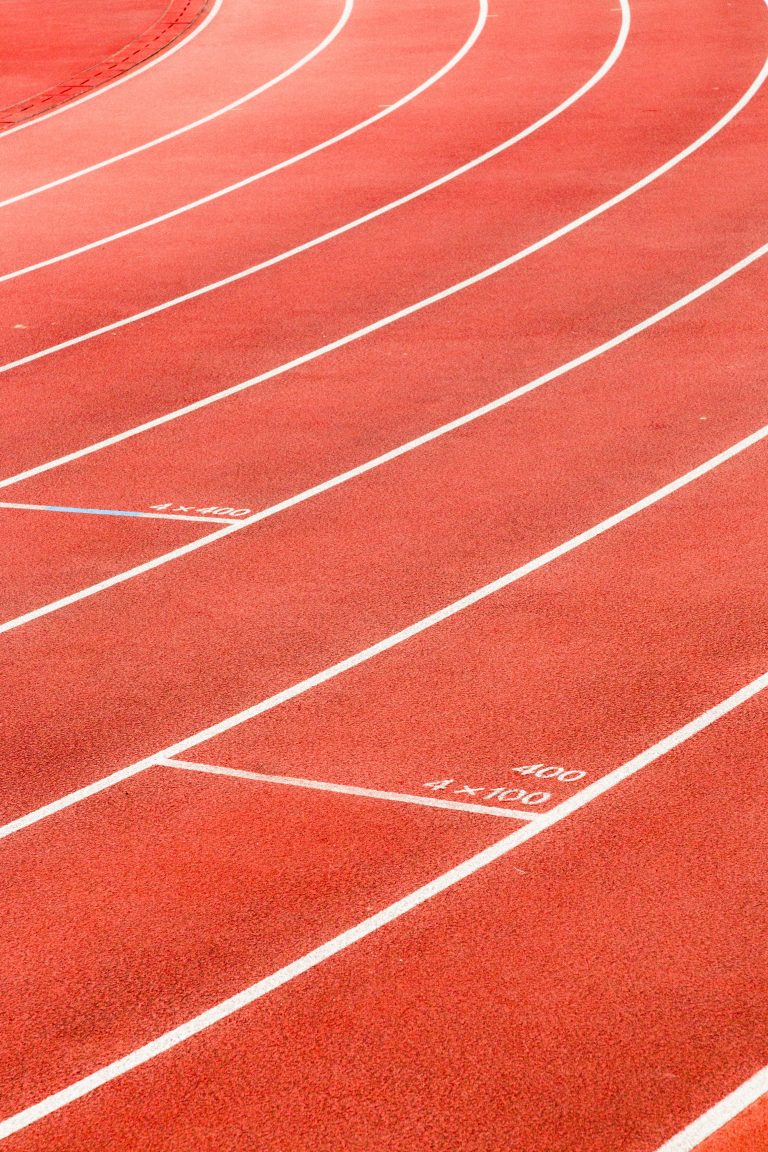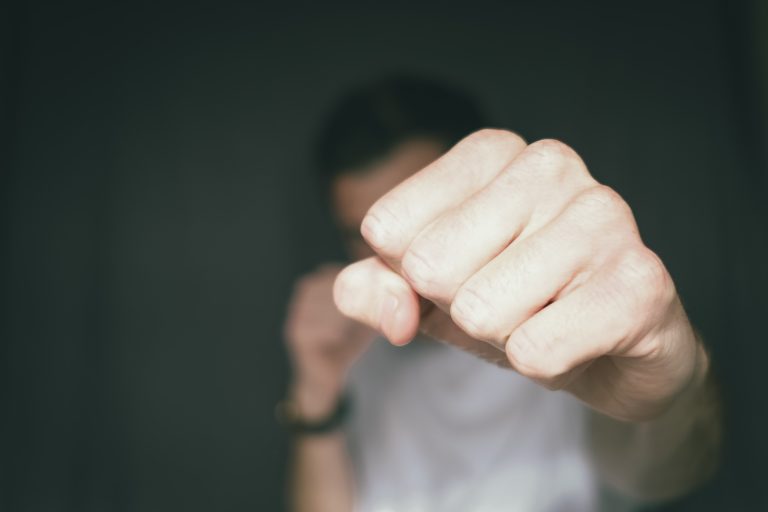Differentiating between Okinawan Karate Styles
Karate is a martial art with an extensive history and a vast established of different styles. But it was born in Okinawa, Japan, where it developed and took shape before being brought to the rest of the world. Okinawan karate is still practised around the world today, and knowing the difference between the various styles can help give a more comprehensive understanding of the full range of karate options.
A Brief History of Okinawan Karate
Karate first evolved from traditional Chinese martial arts and combat techniques, many of which were brought to Okinawa in the 14th Century by Chinese traders and settlers. These techniques combined with the existing local martial arts and combat techniques of Okinawa, resulting in the development of “te” which translates to “hand.” This became known as “Okinawan te” and was eventually shortened to just “karate” in the beginning of the 19th Century.
Over the years, Okinawan karate has developed into three distinct styles: Goju-ryu, Shorin-ryu, and Uechi-ryu. Each of these styles is unique in its own right and offers different benefits to practitioners.
Goju-Ryu
Goju-ryu is characterized by its hard/soft approach. This style emphasizes both vigorous physical conditioning and linear as well as circular movements. Goju-ryu practitioners develop both physical strength and flexibility through exercises such as dynamic tension. This style is also known for its use of basic punching and kicking techniques, blocks and open-hand strikes executed at close range. Even though the punches and the blocks are dynamic, they are never taken to full power since the goal is precise execution of technique, not strong impact.
Shorin-Ryu
Shorin-ryu is characterized by its open-handed strikes, quick movements, precise techniques, and low stances. This style emphasizes speed over strength and focuses on more linear movements than circular ones. The goju-ryu open-handed strikes may be utilized, but they are often enhanced with additional angles and angles of attack. This style is also known for its use of elbow strikes as well as certain grappling techniques that are meant to destabilize an opponent.
Uechi-Ryu
Uechi-ryu is characterized by its emphasis on strong basics such as stances and strikes. This style is known for its powerful blocks, punches, and open-hand strikes that are executed in quick succession. Unlike other Okinawan karate styles, Uechi-ryu makes greater use of circular movements, instead of linear ones. Additional techniques such as takedowns, sweeps and joint locks are also sometimes utilized, making this style particularly suitable for self-defense situations.
Conclusion
Each one of the three Okinawan karate styles offers something unique that can benefit different practitioners with different goals. Goju-ryu is well suited for physical conditioning, Shorin-ryu encourages more quick movements, while Uechi-ryu offers a wider range of techniques that can help during self-defense situations. Regardless of the style chosen, karate can be a great way to practice self-defense while providing practitioners with physical and mental benefits that can be enjoyed for a lifetime.
. References:
- https://karatebyjesse.com/3-styles-of-okinawan-karate/
- https://www.seishinkan.org/which-style/
- https://www.bodycognitionschools.com/typesofkarate/
- https://en.wikipedia.org/wiki/Karate#Arrival_in_Japan
Differentiating between Okinawan Karate Styles: Frequently Asked Questions
Okinawan karate refers to a martial art that originated from Okinawa, Japan. It has gained popularity throughout the world as a form of self-defense and a way of life. But with different Okinawan karate styles, it can be confusing for someone who is new to the art to differentiate between them. In this blog post, we’ll answer some of the most frequently asked questions about different Okinawan karate styles.
1. What is Okinawan Karate?
Okinawan karate is a martial art that originated from Okinawa, Japan. It is believed to have developed from the indigenous Ryukyuan martial arts. Okinawan karate emphasizes striking techniques and uses punches, kicks, knee strikes, and elbow strikes to defend oneself. It also includes grappling and joint-locking techniques.
2. What are the different Okinawan Karate Styles?
There are several Okinawan karate styles, but some of the most popular ones are:
- Goju-Ryu
- Shorin-Ryu
- Uechi-Ryu
- Shito-Ryu
- Isshin-Ryu
Each style has its unique characteristics, but they all have their roots in Okinawan karate.
3. How are the different styles of Okinawan Karate different?
The different Okinawan karate styles are different in terms of their techniques, training methods, and forms. Let’s take a look at some of the differences between them:
Goju-Ryu
Goju-Ryu emphasizes breathing and body conditioning exercises. It includes both hard and soft techniques, such as open-hand strikes and joint locks. Golf-Ryu focuses on training both the physical and mental aspects of martial arts.
Shorin-Ryu
Shorin-Ryu is known for its fast and fluid strikes. It places a lot of emphasis on footwork and mobility. Shorin-Ryu also includes weapons training, such as the bo staff and sai.
Uechi-Ryu
Uechi-Ryu is a powerful style that emphasizes strength and conditioning. It includes grappling and pressure point techniques. Uechi-Ryu also has a unique stance, known as the Sanchin stance, which is used to develop strong core muscles.
Shito-Ryu
Shito-Ryu combines both hard and soft techniques. It emphasizes fluid movements and puts a lot of emphasis on kata, or forms. Shito-Ryu also includes weapon training, such as the bo staff and tonfa.
Isshin-Ryu
Isshin-Ryu is a hybrid style that combines elements from both Goju-Ryu and Shorin-Ryu. It emphasizes practical self-defense techniques and includes weapons training, such as the bo staff and sai.
4. How do I choose which Okinawan Karate style to study?
Choosing an Okinawan karate style is a personal choice. It will depend on your goals, preferences, and physical abilities. You may want to try different styles to see which one you enjoy the most. It’s also essential to find a reputable instructor who has experience teaching the style you are interested in.
5. Do I need any special equipment to practice Okinawan Karate?
To practice Okinawan karate, you will need some basic equipment, such as a uniform (gi), belt, and protective gear (such as gloves and shin guards). You may also need weapons training equipment, such as bo staff and nunchucks, depending on the style you are studying.
6. How long does it take to master Okinawan Karate?
Mastery of Okinawan karate is a lifelong journey. It takes years of dedicated practice, discipline, and commitment to become a black belt or higher. However, the benefits of Okinawan karate can be experienced from the very beginning of your training, including improved physical fitness, mental clarity, and self-confidence.
7. Is Okinawan Karate suitable for children?
Yes, Okinawan karate is a great martial art for children. It teaches discipline, respect, and self-confidence while improving physical fitness. Children who study Okinawan karate also learn valuable self-defense techniques and develop lifelong healthy habits.
8. Is Okinawan Karate effective for self-defense?
Yes, Okinawan karate is effective for self-defense. It teaches a variety of techniques, including strikes, kicks, joint locks, and grappling, that can be used to defend oneself in a real-world situation. However, it’s essential to remember that self-defense is about more than physical techniques. It also involves awareness, avoidance, and de-escalation.
Conclusion
In conclusion, Okinawan karate is a martial art that has many styles. Each style has its unique characteristics, techniques, and training methods. Choosing an Okinawan karate style is a personal choice that will depend on your goals, preferences, and physical abilities. No matter which style you choose, Okinawan karate can help you develop physical fitness, mental clarity, and self-confidence while learning valuable self-defense techniques.
Inhaltsverzeichnis

